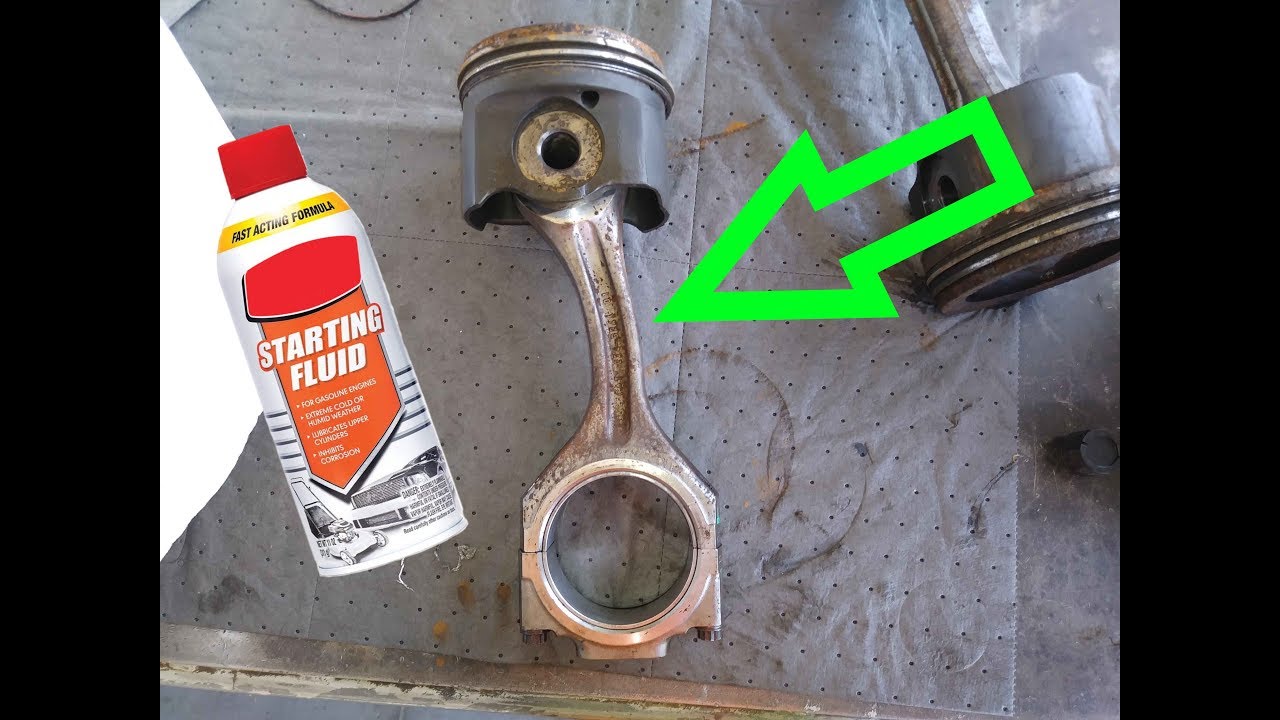How to Safely Use Starting Fluid on a Fuel-Injected Vehicle
Starting fluid can be a useful tool for jump-starting a stubborn engine, especially in cold weather. However, using starting fluid on a fuel-injected vehicle requires specific steps and precautions to ensure safety and prevent damage to your engine. In this guide, we'll walk you through the process of safely using starting fluid on a fuel-injected vehicle.
1. Understand the Basics

Basics
Starting fluid is a highly flammable aerosol spray that helps ignite the engine when it's having trouble starting.
It's essential to be cautious when using it, as improper use can lead to engine damage or even accidents.
2. Verify the Need
Before reaching for starting fluid, make sure you genuinely need it. If your fuel-injected vehicle is having trouble starting, consider the following:
Check the fuel level: Ensure you have enough fuel in the tank.
Battery condition: Verify that your vehicle's battery is in good condition and has enough charge to start the engine.
Fuel system issues: If you suspect fuel system problems, such as a clogged fuel filter or a malfunctioning fuel pump, starting fluid may not be the solution. Address the underlying issue first.
3. Safety Precautions
Safety should be your top priority when using starting fluid. Here are some precautions to take:
Work in a well-ventilated area: Ensure that there is good airflow to dissipate any fumes.
Keep the engine off: Never spray starting fluid into a running engine. The engine should be off and the key removed from the ignition.
Avoid open flames or sparks: Make sure there are no open flames or sparks nearby, as starting fluid is highly flammable.
4. Locate the Air Intake
In a fuel-injected vehicle, you'll need to find the air intake system. This is where you'll spray the starting fluid to help with ignition. The air intake is typically located after the air filter and is connected to the throttle body or intake manifold.
5. Spray Starting Fluid

Spray Starting Fluid
Here's how to safely use starting fluid on a fuel-injected vehicle:
Open the hood of your vehicle and locate the air intake.
Carefully remove the air filter cover or housing to access the air intake.
Hold the can of starting fluid upright and spray a small amount (about 2-3 seconds) directly into the air intake. Do not overspray; a little goes a long way.
6. Attempt to Start the Engine
After spraying starting fluid into the air intake, quickly reassemble the air filter cover or housing and attempt to start the engine. If the engine starts, allow it to run for a few moments to ensure that it runs smoothly.
7. Be Prepared for Multiple Attempts
In some cases, you may need to repeat the process a few times if the engine doesn't start immediately. If the engine still doesn't start after several attempts, it's best to seek professional assistance to diagnose and address any underlying issues.
Using starting fluid on a fuel-injected vehicle should be a last resort when all other troubleshooting steps have been exhausted. Always exercise caution, follow safety guidelines, and use starting fluid sparingly. If you encounter persistent starting problems, it's advisable to consult a qualified mechanic to diagnose and repair any underlying issues with your vehicle's fuel system or ignition system.